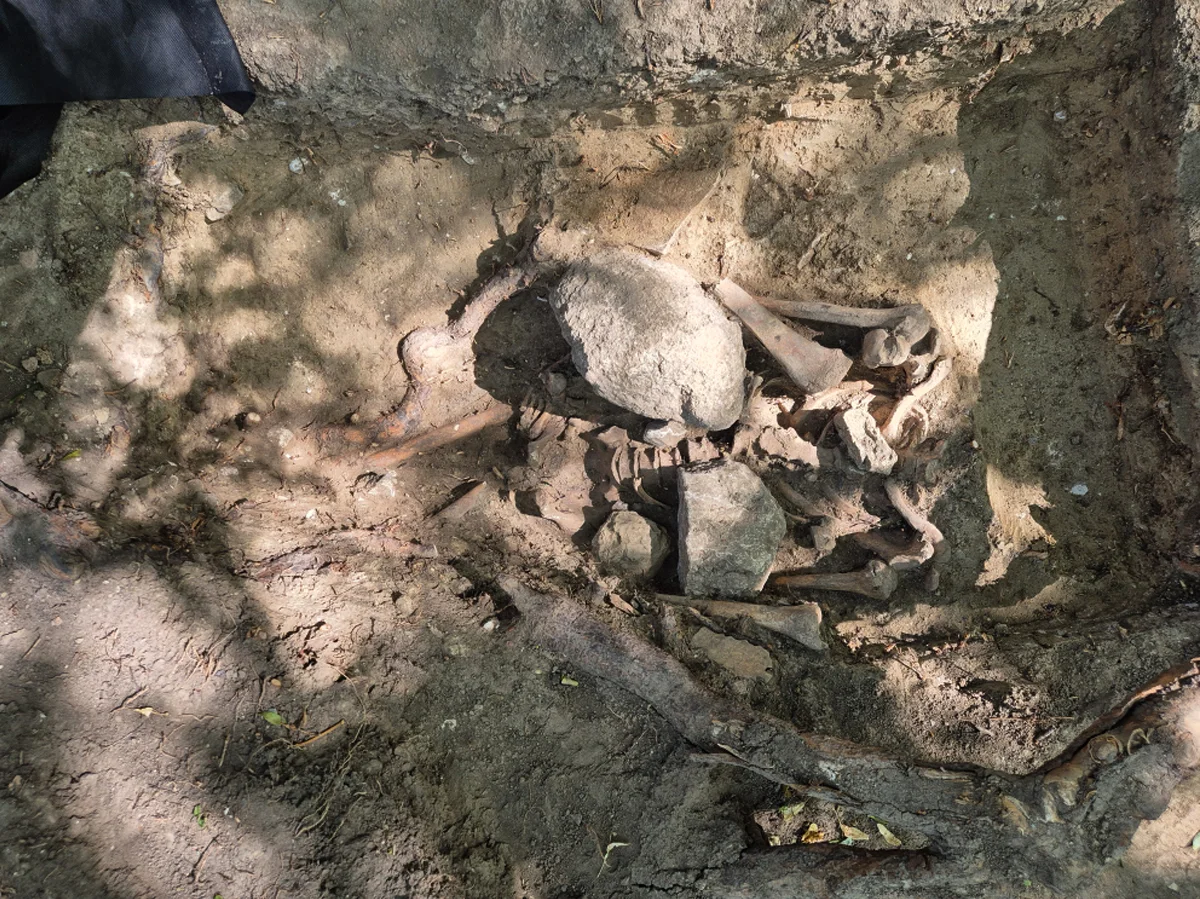Archaeologists from the State Office for Monument Preservation and Archaeology of Saxony-Anhalt are currently excavating the site of a former gallows in Quedlinburg, Germany.
Gallows are usually wooden structures made of two vertical posts, a horizontal crossbeam, and a hanging noose. They have been used for executing criminals by hanging, a prevalent form of capital punishment in Europe since the Middle Ages.
Archaeologists are currently excavating a gallows site on Galgenberg, or ‘Gallows Hill,’ which was used for public executions by the courts in Quedlinburg from 1662 to 1809.
Excavations have revealed complete and partial burials in the area, along with bone pits containing multiple bundled burials, likely the result of mass executions carried out in a short period.

According to the State Office for Monument Preservation and Archaeology of Saxony-Anhalt, “these discoveries provide unique insights into penal practices from the Middle Ages and early modern times.”
A burial unrelated to the gallows has also been unearthed, featuring a wooden coffin containing the skeletal remains of an individual buried with a rosary chain.
Archaeologists propose that the burial’s characteristics suggest that the individual was likely a suicide victim, denied burial in consecrated ground so was placed in the cemetery near the gallows.
Also discovered is a so-called ‘revenant grave’, where the skeletal remains of a man was found placed on his back with several large stones placed across his chest.
According to the researchers, the stones were likely placed to prevent the individual from rising as a revenant, which are described as animated corpses in the verbal traditions and lore of many European ethnic groups.
In medieval times, those inflicted with the revenant condition were generally suicide victims, witches, corpses possessed by a malevolent spirit, or the victim of a vampiric attack.
Header Image Credit : LDA
Sources : State Office for Monument Preservation and Archaeology of Saxony-Anhalt





